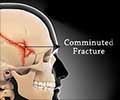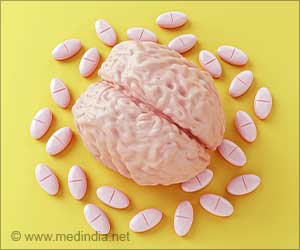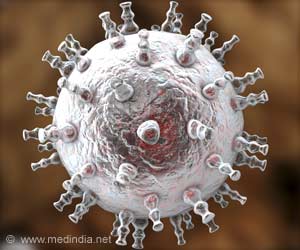In a breakthrough study, scientists have found that a synthetic bone matrix could offer hope for babies born with craniosynostosis- a condition that causes the plates in the skull to fuse too soon.
Babies born with craniosynostosis, a recent study has determined, may find renewed hope in synthetic bone matrix. Craniosynostosis is a condition that causes the plates in he skull to fuse too soon.
Implants replacing some of the infant's bone with the biodegradable matrix could eliminate some of the operations currently used to treat the condition."The remarkable thing about this is the finding that the composition of the matrix changes what the cells around it do. Cells begin producing natural drugs to drive bone healing in direct response to the composition of the bone matrix," said Kent Leach, professor of biomedical engineering at UC Davis.
The material is currently being tested in experiments with rats. Human trials will depend upon the success of tests in animals.
The human skull is not a smooth dome, but a patchwork of fused bones that resembles a soccer ball rather than an egg. At birth, the skull contains 45 separate pieces, joined by connective tissue, that slowly fuse together into solid bone. In most babies, this process keeps pace with brain growth, resulting in a normally shaped head.
However, one in every 2,000 babies is born with craniosynostosis, where the plates fuse and the skull becomes rigid, which leaves less room for the brain to grow, leading to developmental disabilities, and cranial and facial deformities.
In the standard surgery, surgeons remove fused bones, break them up and reposition some of the pieces along the edges to protect the brain. This usually slows the bone growth and allows the brain to grow.
Advertisement
Leach believes that the environment surrounding the cells might be sending the wrong instructions, causing cells to grow wrong.
Advertisement
Once implanted, bone-forming cells enter the matrix.
In their research with rats, the researchers showed dense connective tissue, suggestive of bone formation, only eight weeks after implantation.
Leach hopes that his new matrix will encourage the growth of healthy tissue and eliminate the need for second and third surgeries.
"The matrix will resorb over time, leaving only the child's own bone," he said.
Source-ANI
TAN












